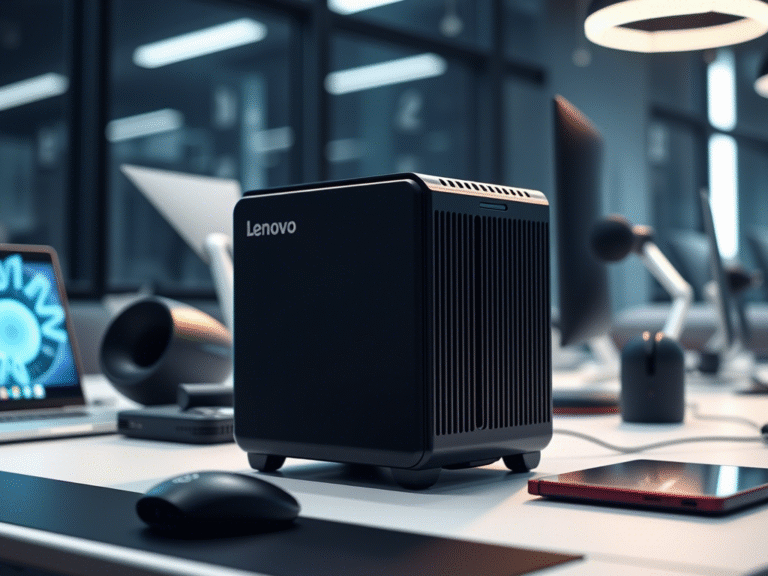
Is It Time to Upgrade Your Device? Look for These Warning Signs
Technology moves fast. What felt cutting-edge just a couple of years ago can quickly become outdated. According to data from Statista, most consumers upgrade their devices every 2–3 years. But how do you know when it’s truly time to make the switch?
An upgrade isn’t just about owning the latest gadget — it’s about performance, security, and usability. Let’s explore seven clear signs that your current device might be holding you back.
1. Your Device Feels Slow and Unresponsive
If your phone, laptop, or tablet takes forever to start up or struggles with basic tasks like opening apps or browsing the web, it may not have the power to keep up with modern software demands.
Sluggish performance can waste your time and lower productivity — especially if you rely on your device for work or daily communication.
2. Frequent Freezing and Crashing
Constant freezes, app crashes, or unexpected restarts are red flags. These issues usually mean your device is struggling to handle new updates or multitasking demands.
Imagine losing an important document because your computer suddenly shut down — or waiting minutes just to send an email. These frustrations often signal it’s time for something more reliable.
3. Battery Life Has Gone Downhill
A healthy battery should last a full day (or close to it). If you’re constantly hunting for a charger or notice your device overheating, the battery is likely degraded.
Swollen batteries are also a safety hazard. If replacement doesn’t help, upgrading may be your best option.
4. You’re Always Running Out of Storage
Running out of space forces constant file deletions and cloud transfers — which can slow you down and limit what you can do.
Newer models typically offer more storage and better cloud integration, making them worth considering if you’re always managing storage limits.
5. Missing Out on New Features and Updates
Older devices often stop receiving software updates — including important security patches and feature improvements.
Without support, your device becomes more vulnerable and less compatible with newer apps. You’ll also miss out on enhancements like improved cameras, faster processors, and better screen quality.
6. Repair Costs Are Adding Up
Fixing an aging device can get expensive. If repair costs are close to or even higher than the value of the device, it may be smarter to invest in a new one.
Frequent repairs aren’t just costly — they’re inconvenient and often only temporary fixes.
7. It Can’t Run the Latest Software
Modern apps require modern hardware. If your device can’t run the latest operating system or key apps crash regularly, it’s a sign it’s falling behind.
Old software lacks critical security updates, putting your personal or business data at risk. An upgrade ensures you stay protected and supported.
Knowing when to upgrade depends on more than just age — it’s about how well your device supports your needs today.
If your current tech is slowing you down, costing you money, or exposing you to security risks, it might be time to move on.





